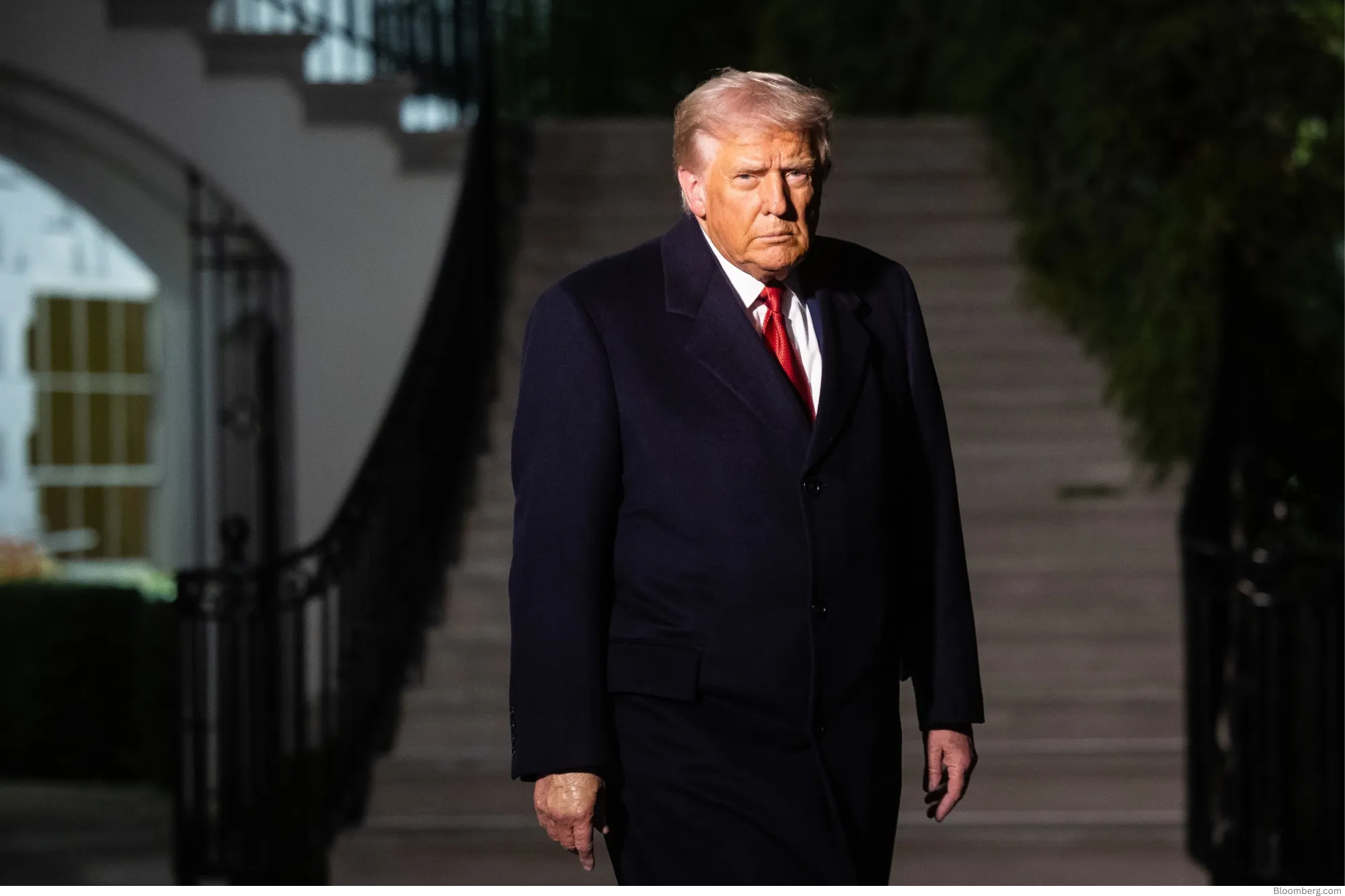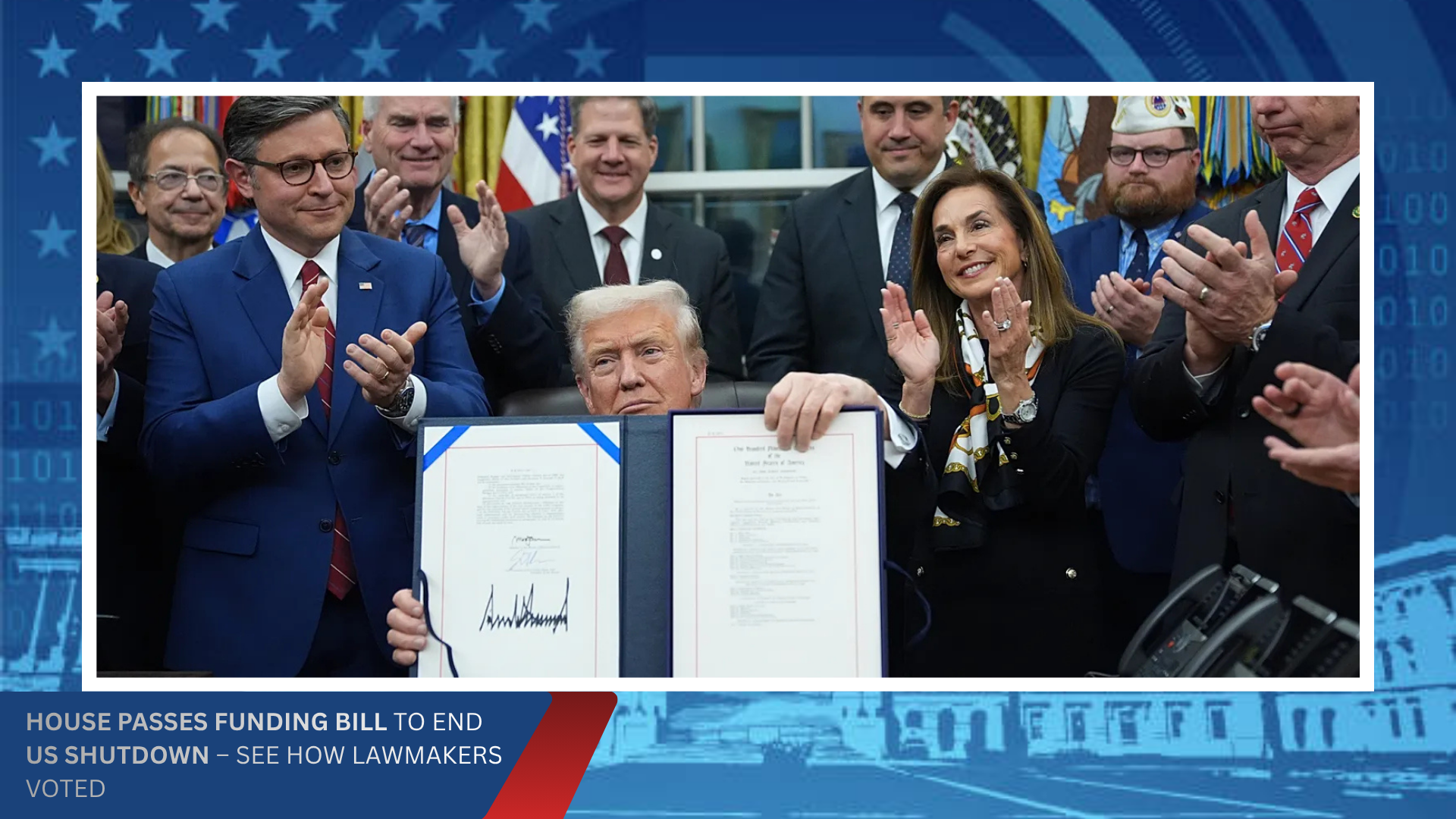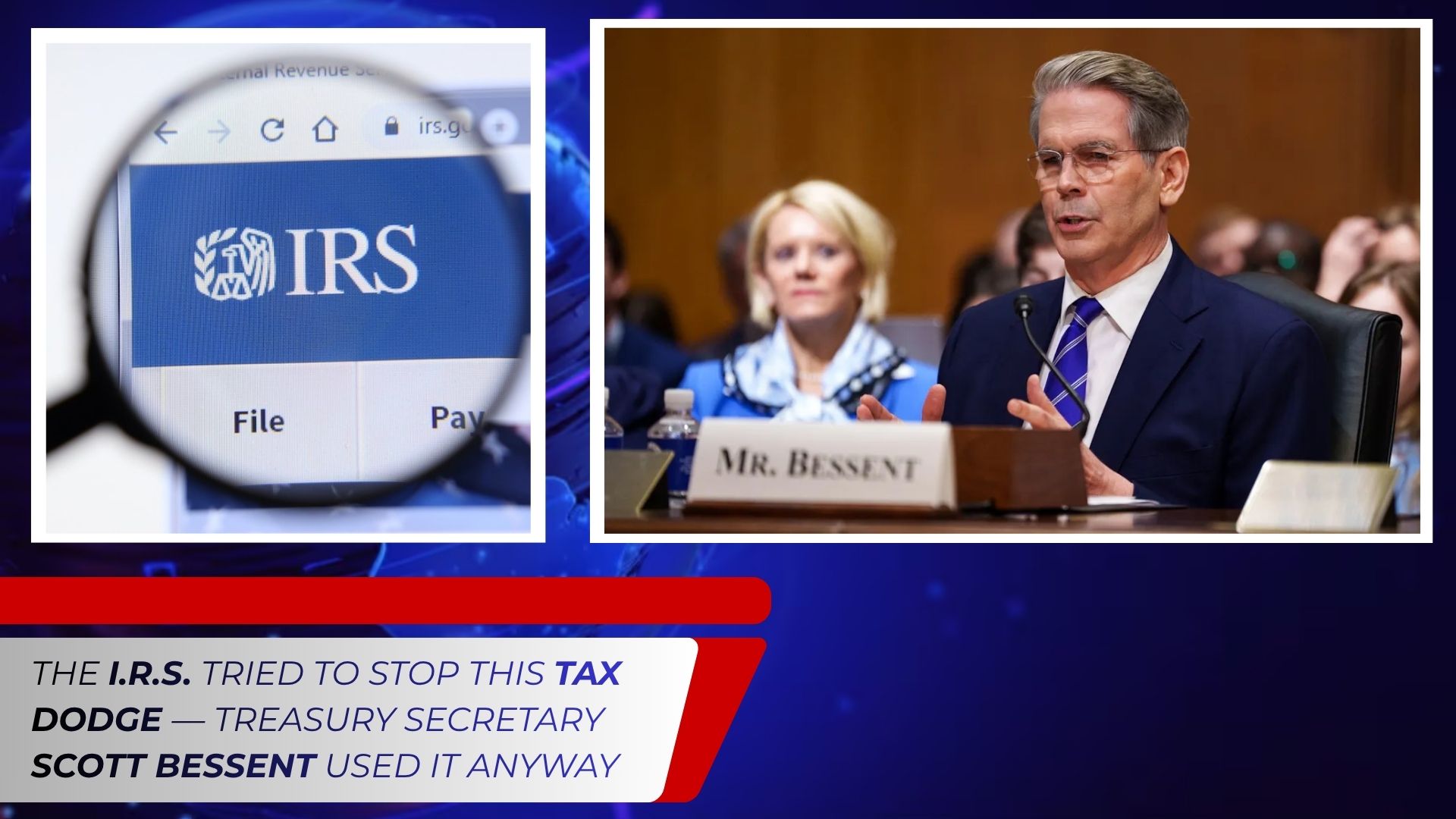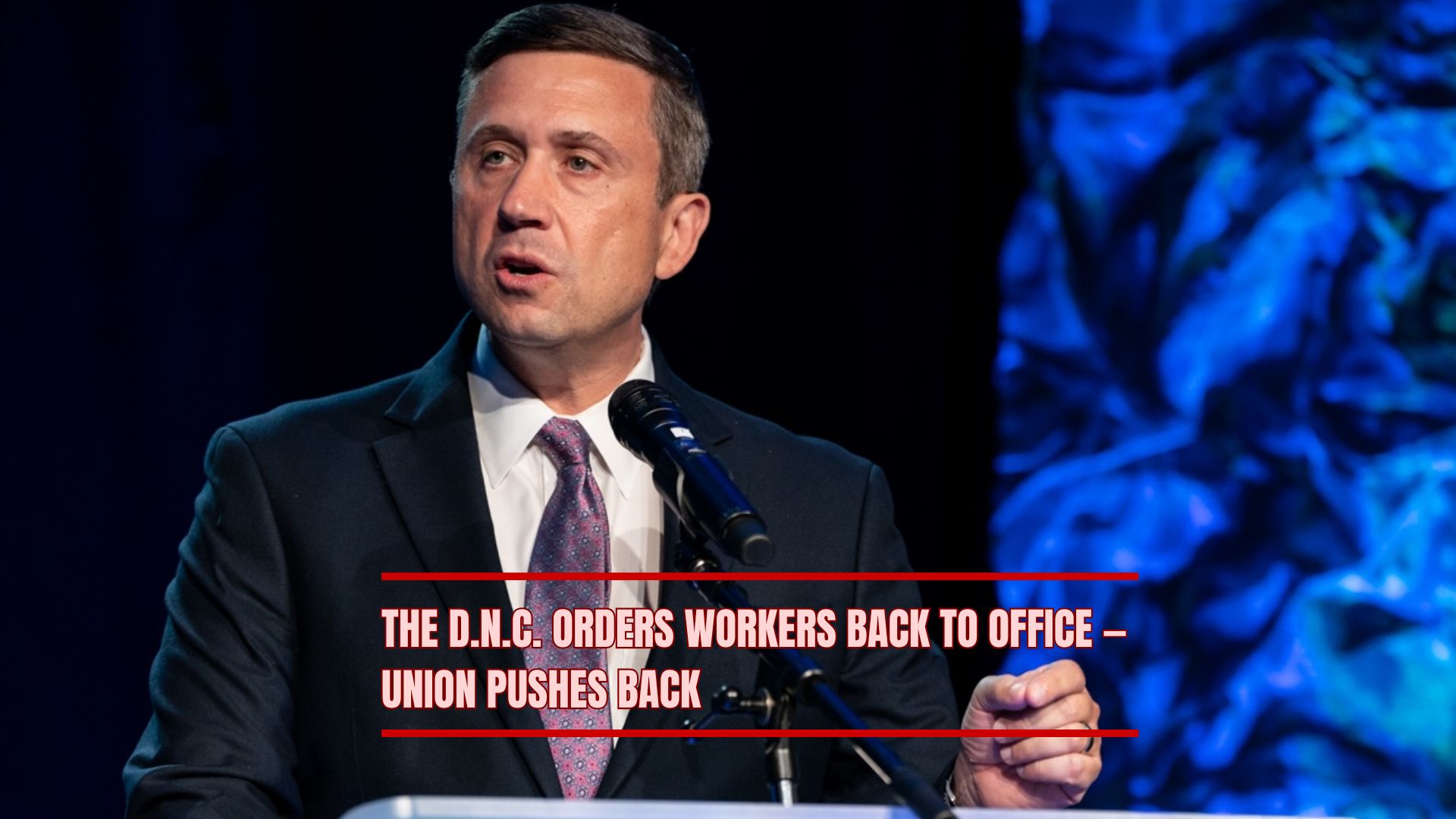President Donald Trump has intensified trade tensions with Canada by imposing an additional 10% tariff on Canadian imports, citing what he described as a “hostile act” in the form of a controversial advertisement funded by the Ontario government. The move adds new uncertainty to one of the world’s largest and most integrated bilateral trade relationships, coming amid already elevated tariffs on key sectors such as steel, aluminum, and automobiles.
Trump’s announcement, made through a Truth Social post on Saturday, marks a sharp escalation in the diplomatic clash sparked by the Ontario government’s ad campaign. The advertisement, which invoked former President Ronald Reagan’s legacy as a champion of free trade, drew Trump’s anger by highlighting Reagan’s criticism of tariffs and protectionism — themes that directly contradict Trump’s trade policies.
“Because of their serious misrepresentation of the facts, and hostile act, I am increasing the Tariff on Canada by 10% over and above what they are paying now,” Trump wrote. While the U.S. president did not clarify the exact scope of the new measures, the announcement comes as trade talks between the two nations remain suspended following earlier disputes over tariff policy and public rhetoric.
Existing Trade Landscape and Tariff Structure
Canada currently faces a base U.S. tariff rate of 35%, though much of its trade with the United States remains exempt under the U.S.-Mexico-Canada Agreement (USMCA). That exemption allows most Canadian exports, including crude oil and agricultural products, to continue flowing tariff-free. However, specific industries—particularly steel, aluminum, and automobiles—have been heavily affected by Trump’s protectionist approach.
Steel and aluminum imports from Canada are subject to 50% U.S. tariffs, while automobiles face a 25% tariff unless they qualify under USMCA rules of origin. The additional 10% tariff could therefore hit sectors already under strain, potentially complicating supply chains that crisscross the U.S.-Canada border and underpin industries such as automotive manufacturing, construction, and energy.
Reactions from Ottawa and Business Leaders
The announcement drew immediate concern from Canadian officials and business leaders. Candace Laing, chair of the Canadian Chamber of Commerce, warned that “tariffs at any level remain a tax on America first, then North American competitiveness as a whole,” urging both governments to resolve the conflict through diplomatic engagement rather than economic retaliation.
Prime Minister Mark Carney, who has been working to ease trade tensions and secure reductions in existing levies, expressed disappointment but maintained a conciliatory tone. “Canada remains ready to resume discussions when the Americans are prepared,” Carney said earlier this week. “Progress was being made on issues related to steel, aluminum, and energy before the talks were paused.”
Carney and Ontario Premier Doug Ford have been in regular communication regarding the crisis. Ford, whose government funded the disputed advertisement, has since announced plans to suspend the U.S. campaign as of Monday in an effort to de-escalate tensions and encourage the resumption of talks. A spokesperson for Ford confirmed that his “statement from Friday stands,” signaling his government’s willingness to step back in order to preserve trade stability.
Dominic LeBlanc, Canada’s minister responsible for U.S. trade relations, reiterated Ottawa’s focus on constructive dialogue. “Canada will remain focused on achieving results that benefit workers and families on both sides of the border,” LeBlanc said in a statement, emphasizing that “progress is best achieved through direct engagement.”
White House and U.S. Perspectives
At the White House, economic adviser Kevin Hassett told Fox News that negotiations with Canada “have not been going well,” adding that the president is “very frustrated.” The administration declined to comment further on Saturday’s tariff increase.
Trump’s move appears motivated by both economic and political considerations. The Ontario advertisement, reportedly costing C$75 million (about US$53.6 million), has been running on multiple U.S. networks and uses excerpts from Reagan’s 1987 radio address in which he defended free trade and denounced tariffs as counterproductive. The ad’s selective editing of Reagan’s words drew criticism from the Ronald Reagan Presidential Foundation and Institute, which accused the Ontario government of misrepresenting the former president’s message and said it was reviewing potential legal options.
Trump, for his part, has accused the ad’s creators of attempting to influence an upcoming U.S. Supreme Court case that could determine the legality of his use of broad, country-based tariffs. The Court is set to hear arguments on November 5. Trump has warned that an unfavorable ruling could undermine his entire trade policy framework and force the U.S. government to refund billions in previously collected duties—a prospect he described as a “disaster” for American manufacturing and fiscal stability.
Broader Economic Implications
The renewed tariff escalation threatens to disrupt the $900 billion annual trade relationship between the two neighbors. Canada and the U.S. maintain one of the most tightly interwoven supply networks in the world, particularly in the automotive and energy sectors. Roughly three-quarters of Canada’s exports are destined for the U.S., making access to American markets critical to Canadian economic health.
Ontario, with its strong manufacturing base and proximity to major U.S. industrial centers, has been particularly affected by tariff measures. The province’s steel and auto industries rely heavily on cross-border trade, and additional tariffs could amplify costs, reduce competitiveness, and potentially lead to job losses on both sides of the border.
Despite the tensions, both Carney and Ford are expected to attend the upcoming Association of Southeast Asian Nations (ASEAN) and Asia-Pacific Economic Cooperation (APEC) summits, where Trump will also be present. However, Trump has said he has “no intention” of meeting with Carney during the trip. Both leaders are also seeking to diversify their countries’ trade partnerships amid growing volatility in North American relations.
Conclusion
Trump’s decision to impose an additional 10% tariff on Canada represents a significant escalation in a trade conflict that has become increasingly political. While the move may appeal to domestic constituencies ahead of the Supreme Court hearing and upcoming election, it risks undermining North America’s integrated supply chains and slowing economic growth across the region.
Diplomatic channels remain open, but both governments face growing pressure from industry and consumers to prevent further disruption. As the standoff unfolds, the future of U.S.-Canada trade cooperation—and the broader vision of a unified North American economic zone—hangs in the balance.
%20(4).png)








